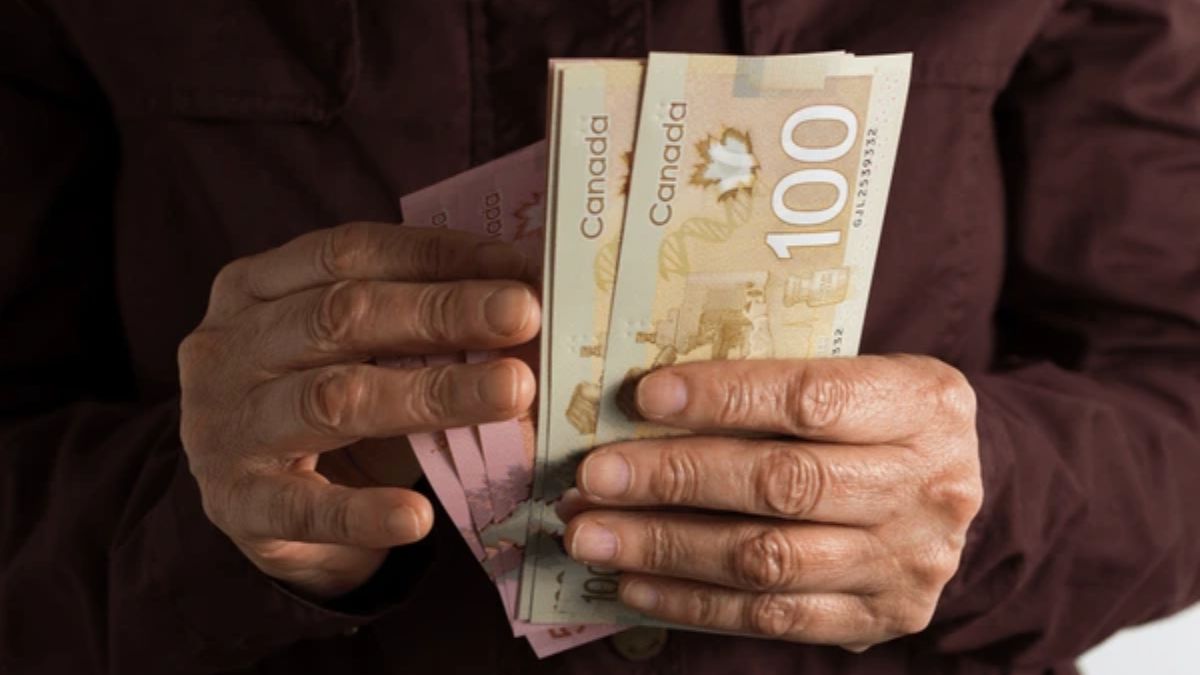The Government of Canada has introduced a $500 Climate Action Rebate to support households dealing with higher living costs while also promoting greener lifestyles. This initiative offers direct cash relief while reinforcing the federal government’s climate policy goals. For families facing rising fuel and utility expenses, this payment provides both financial stability and a nudge toward sustainable living.
What Is the Climate Action Rebate?
The Climate Action Rebate is designed as a direct refund to offset the cost of carbon pricing. With fuel and household energy bills climbing, the rebate ensures that families are not burdened disproportionately by carbon tax measures.
Rather than functioning as an additional tax, the program recycles revenues back to households through quarterly payments. For 2025, the rebate has been revised, with eligible families receiving up to $500, depending on province of residence, family size, and income.
Eligibility Rules for the $500 Rebate
Not every Canadian automatically qualifies. To receive the rebate, applicants must meet the following conditions:
- Must file an annual tax return.
- Be at least 19 years old, or live with a spouse/common-law partner, or be a parent.
- Reside in a province under the federal carbon pricing system.
Families with dependent children are entitled to additional supplements, which means their total rebate may exceed the $500 base amount.
Payment Dates and Distribution Schedule
The rebate will be released in quarterly installments throughout 2025. Payments are issued directly by the Canada Revenue Agency (CRA), typically deposited into bank accounts linked to tax filings.
The first installment of the 2025 rebate is expected to begin in the early months of the year, though exact dates vary by province. Canadians are advised to check their CRA My Account portal for personalized schedules.
If you are not registered for direct deposit, payments will be mailed by cheque, though this may cause delays.
Why the $500 Climate Rebate Matters
For millions of Canadians, the rebate is more than a policy tool—it is financial relief at a time when groceries, rent, and fuel costs are steadily climbing. By providing this assistance, the government is ensuring that households do not suffer financially while Canada pursues its climate commitments.
This program highlights a balance between environmental responsibility and affordability, demonstrating that climate action can go hand-in-hand with economic fairness.
How to Receive the Climate Action Rebate
The best part of the rebate is that no separate application is required. If you file your taxes, the CRA automatically calculates and issues the payment.
To ensure smooth delivery:
- File your 2024 income tax return on time.
- Keep your banking and personal details updated in CRA records.
- Register for direct deposit to avoid cheque delays.
Looking Ahead – The Role of Climate Payments in Canada’s Future
While the $500 Climate Action Rebate is immediate relief, its broader purpose is to reinforce Canada’s long-term climate strategy. By offsetting carbon pricing with direct household support, the government seeks to reduce emissions while maintaining public trust in its environmental policies.
As energy prices remain unpredictable, Canadians can expect such climate-linked financial measures to remain a key part of government planning.
FAQs – $500 Climate Action Rebate 2025
Q1: Do I need to apply separately for the rebate?
No. The payment is automatically applied when you file your taxes.
Q2: Will every Canadian receive $500?
Not exactly. The amount depends on province, household income, and family size. Families with children may receive more than $500.
Q3: When will the first payment arrive in 2025?
The first installment is expected in early 2025, with quarterly payments thereafter. Exact dates depend on provincial schedules.
Q4: How will the rebate be delivered?
Through direct deposit to bank accounts linked with CRA records. Those without direct deposit will receive mailed cheques.
Q5: Why is the rebate tied to carbon pricing?
It ensures households are compensated for higher energy costs while encouraging lower emissions and supporting Canada’s climate goals.






